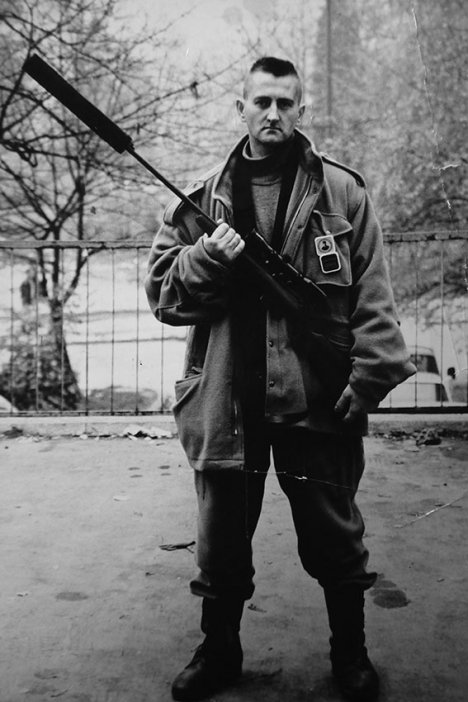London School of Economics [LSE] offers a regular public programme of talks, workshops and events on topics that, of course, includes economics as well as the range of humanities subjects (art, politics, history, etc.). A tutor of mine recommended a recent talk at LSE, “Art in Conflict” on 29th April 2013, a panel discussion and presentation by three of the eight artists in a nearby concurrent exhibition, “Conflicted Memory” at Alan Cristea gallery.
Notes from Panel Discussion – “Art in Conflict”
“Art in Conflict” was hosted by The Conflict Research Group at the London School of Economics [LSE] on 29 April 2013. The event was part of LSE’s “5th Space for Thought Literary Festival” (26 Feb – 2 March, 2013) and was co-sponsored by Alan Cristea gallery, presenting the work of eight artists in the exhibition “Conflicted Memory” (29 April – 1st June, 2013).
Three of the artists in “Conflicted Memory”, Adela Jusic, Miriam de Burca and Ruth Goddard, participated in the panel discussion with Jonathan Watkins (Director of Ikon Gallery, Birmingham) and Dr. Gwendolyn Sasse (Professorial Fellow in Politics at Nuffield College, University of Oxford). In the focus of this event, the three artists presented their work, and discussed the link between art and conflict, followed by Q&A from the audience.

Adela Jusic, a native Bosnian, presented her short film “The Sniper” (2007), about her father the sniper for the Bosnian army trying to defend Sarajevo. The film recounts the details and numbers of Serbs he killed, narrated by Jusic, as we can seee her hand drawing a red circle, behind which the image of her father appears. In the final moment of the brief film, we hear Jusic recall the date her father was killed by a Serbian sniper, with a single bullet to the right eye. The work reveals an intimacy as she “maps her own painful realisation of the reality of the conflict” — and we, the viewers, are invited “to go through a similar process of gradual understanding” (from exhibition guide).

In Miriam de Burca’s film, “My Home is His Castle” (2011), she interviews a taxi driver from Belfast as he drives her around Crom Estate the neighbourhood where she once lived, still divided between Protestant and Catholics after The Troubles, (late 1960s to 1998). de Burca, Northern Irish herself, attempts to engage herself and the viewer with the division that persists in the region. The work examines “legacy of conflict tied to particular places” (from exhibition guide). The exhibition includes a number of detailed drawings from de Burca’s time there, which document plant and wildlife she encountered in Crom Estate.

The third artist participating in the panel, Ruth Goddard, is a native South African, shows a few of her drawings and works on paper, in which she re-examines memories from childhood as apartheid was coming to an end. “A Persistent History” (2011-2012) is a work where she looks at how history and subsequently, the history textbook is rewritten in the wake of the transition from apartheid to a more cohesive state. The partially erased drawings of textbook pages try to “define a chronological and accepted narrative” (from exhibition guide) as they reveal how the past is lost as new histories are written.
More info
- Related post “Conflicted Memory at Alan Cristea gallery“
- Culture + Conflict website – supporting arts and culture in international and post-conflict situations
- Read more about the exhibition Conflicted Memory at Alan Cristea Gallery, New Bond Street
- Art in Conflict, hosted by London School of Economics; includes podcasts, slides and info about related events
- Download Press Release for Conflicted Memory
- Conflicted Memory on ArtLyst
- Listing of Conflicted Memory on Yareah Magazine
- Podcast of panel discussion: “Art and Conflict”. Monday 29 April 2013, 6-8pm, Hong Kong Theatre, Clement House, London School of Economics.
- Short review of Miriam de Burca’s work in Conflicted Memory
- Ruth Goddard’s website
- Adela Jusic’s website
Exhibition details: Conflicted Memory at Alan Cristea gallery, New Bond Street, runs from 29 April through 1st June 2013. Free entrance.

